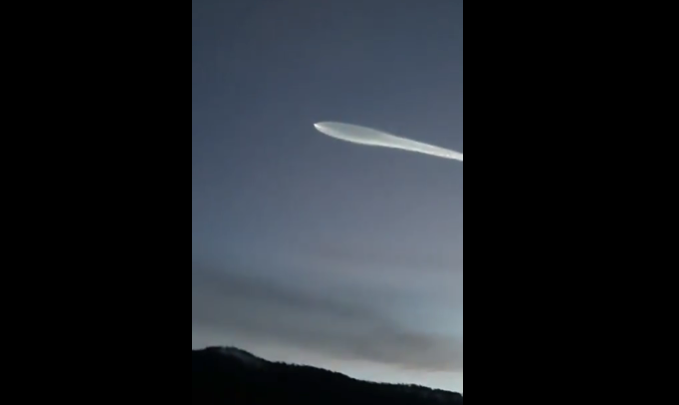| Listen to our audio presentation: HIstory of the Computer |
SpaceX’s recent Falcon 9 rocket launch illuminated the Southern California sky, captivating onlookers with a brilliant display. The launch, which took place at Vandenberg Space Force Base at 7:28 p.m., successfully deployed 22 Starlink satellites into low-Earth orbit. This mission, known as Starlink 7-16, is part of SpaceX’s ambitious project to enhance global internet coverage through its ever-expanding satellite network.
The Falcon 9 rocket’s first stage booster, embarking on its 10th flight, previously facilitated seven Starlink missions and two for the U.S. Space Development Agency. This reusable rocket technology is a testament to SpaceX’s commitment to sustainable space exploration, reducing the cost and environmental impact of launches.
Observers from across Southern California and as far as Phoenix, Arizona, were treated to the spectacle of a bright plume and trailing cloud in the twilight sky, a scene made more dramatic by the day’s stormy weather conditions. The event marked SpaceX’s 26th successful mission of the year, with Starlink missions constituting over half of these launches, thereby significantly expanding the “Mega-Constellation” of more than 5,500 satellites.
SpaceX’s launch activities, particularly for the Starlink project, highlight the broader context of the commercial space race and the increasing role of private companies in space exploration and satellite communication. Starlink aims to provide high-speed internet across the globe, particularly in remote and underserved areas, which could revolutionize access to information and connectivity. This launch is part of a larger trend where space exploration and satellite deployment are becoming more frequent and accessible, thanks to advancements in technology and the reusable rocket systems pioneered by companies like SpaceX.

